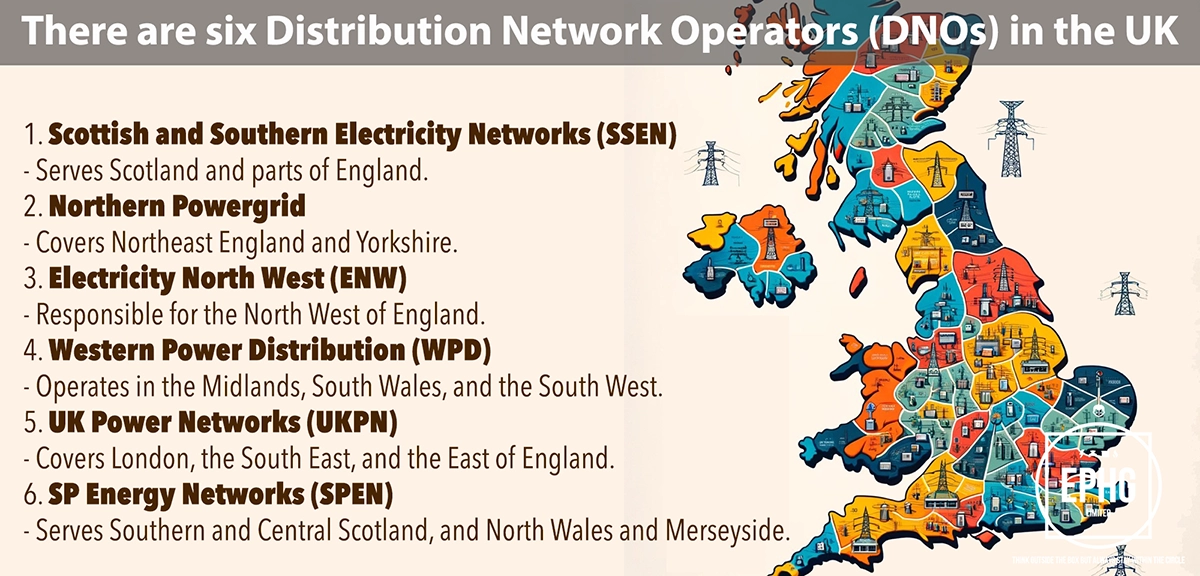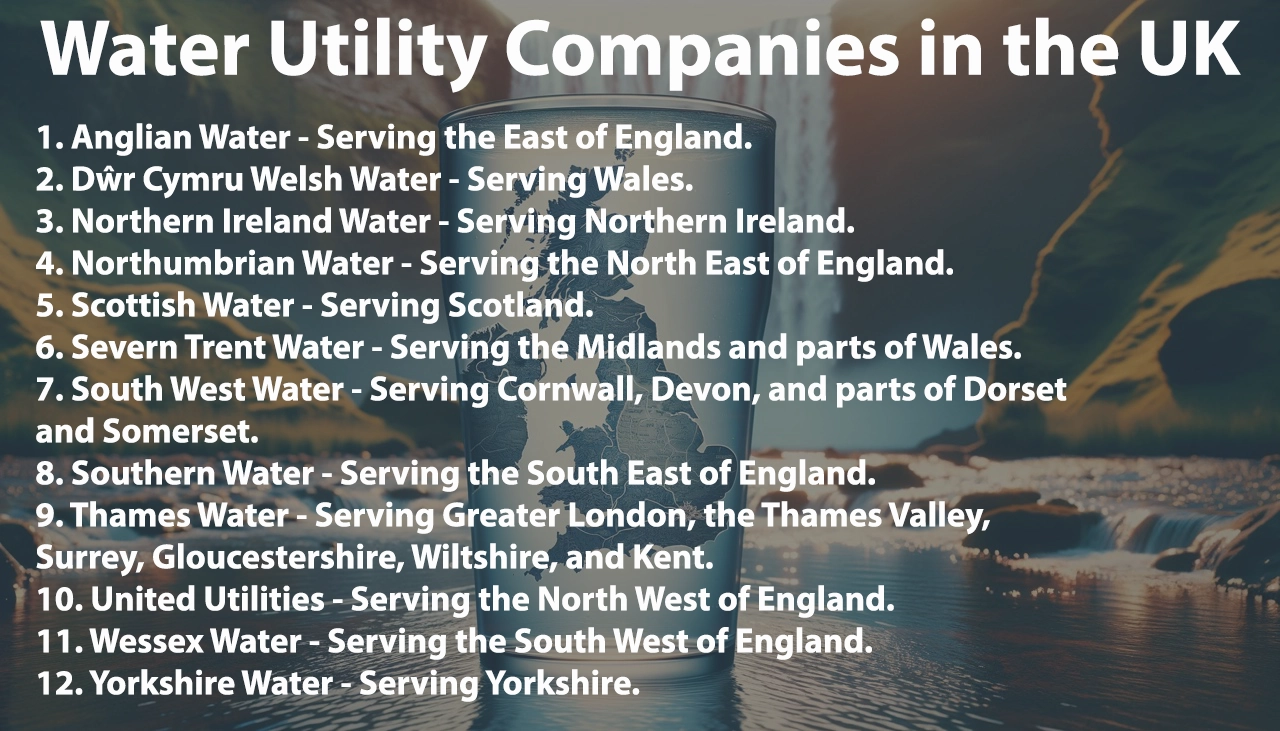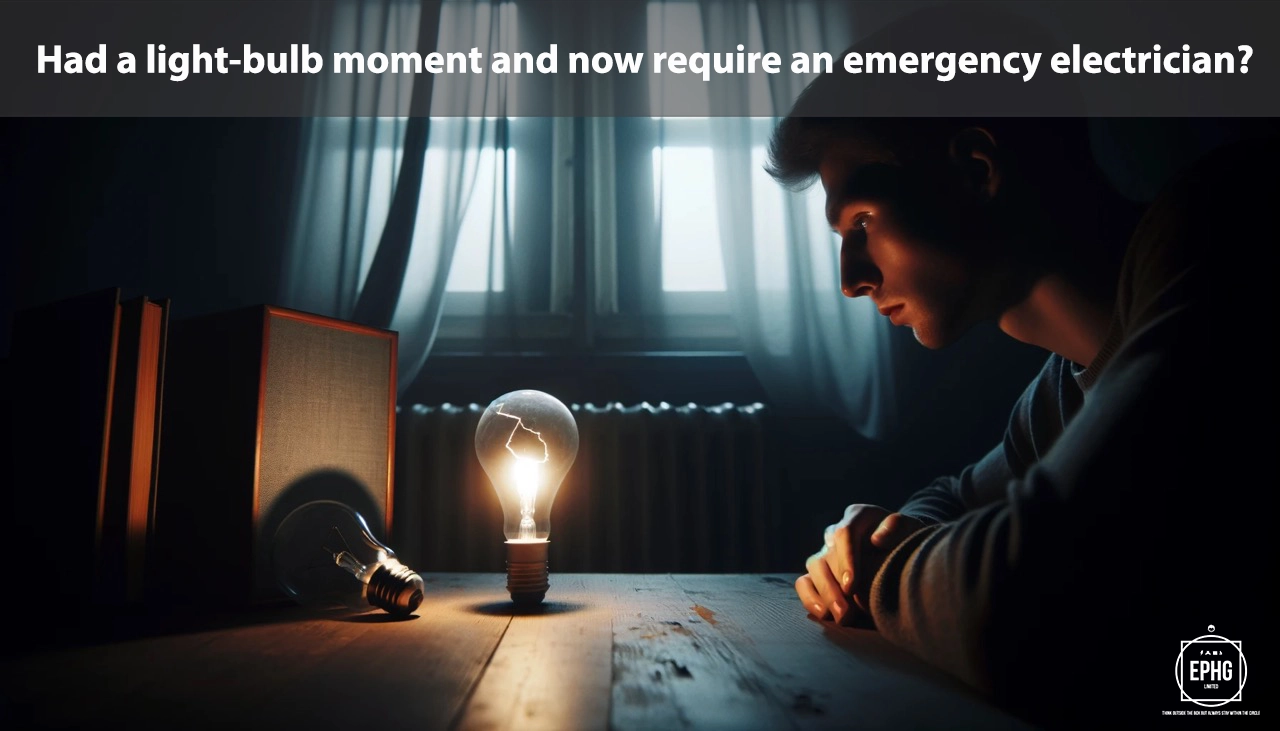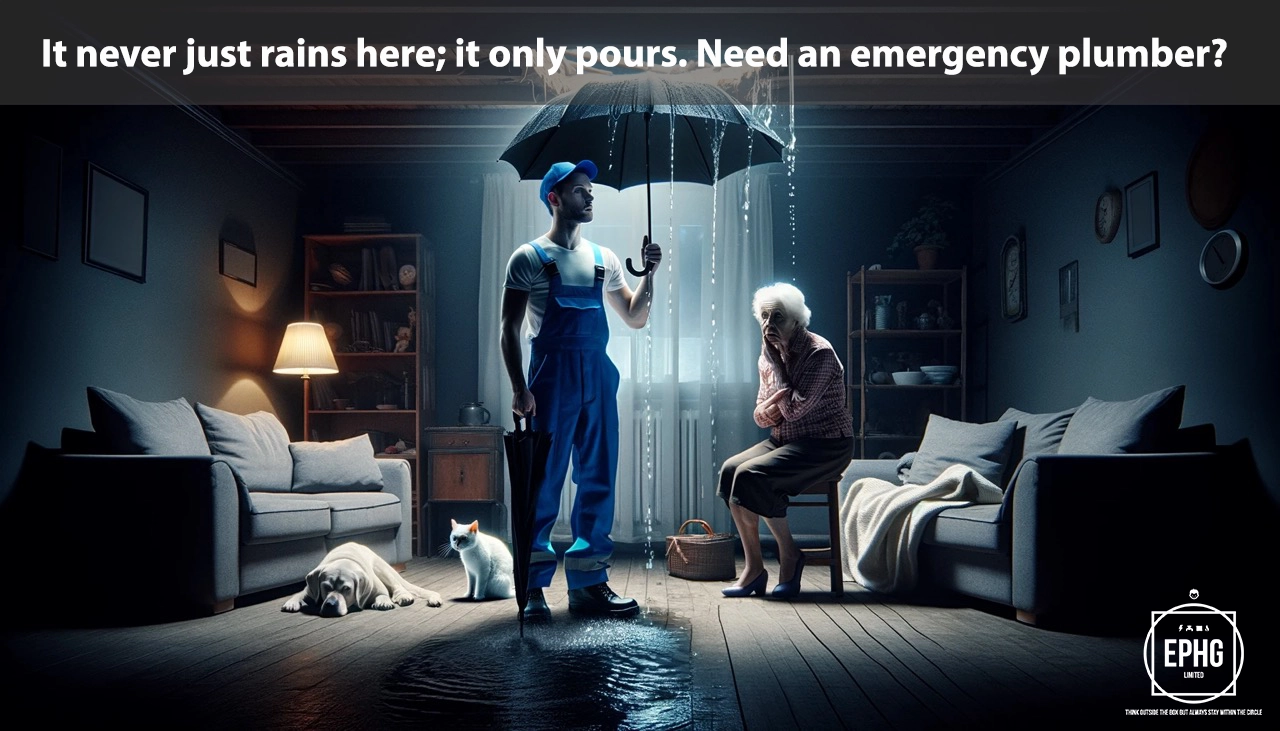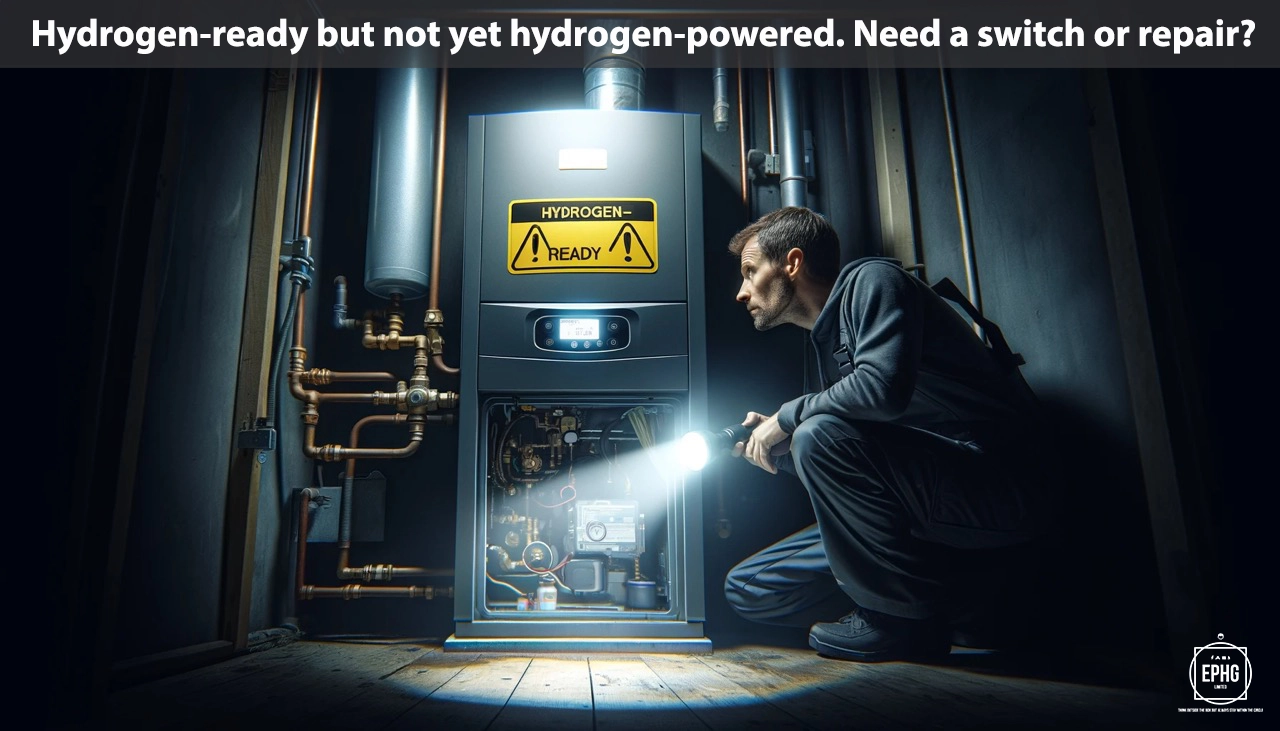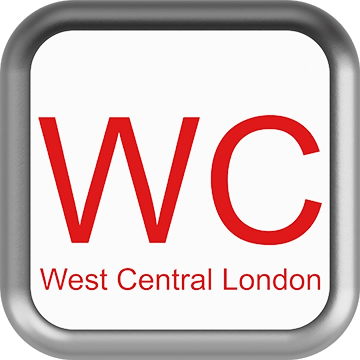
WC Postcodes for Utilities & Services in Central London
Introduction: The WC postcode area, encompassing parts of Central London, is a vital hub for commerce, culture, and community. This guide provides detailed insights into the utility services within this bustling region, emphasizing water and electricity supply among other critical services, tailored for residents, businesses, and tourists.
Water in Central London
Where does the water supply come from in Central London, and are there ever concerns about water shortages?
In Central London, particularly within the WC postcode areas, the primary water supply is sourced from the River Thames, supported by the River Lea for additional coverage. These significant waterways are essential in supplying the region with potable water, following extensive treatment to meet the highest safety standards. Despite London's comprehensive water network, the area is not immune to the challenges of urban demand, climate variability, and infrastructural strain. To address potential water scarcity, local authorities and utility companies implement strict water management strategies and encourage efficient usage among the public. Investments in infrastructure and public awareness campaigns aim to ensure the sustainability of water resources for Central London's dense population.
What is the quality and hardness of water in Central London, and how does it impact residents?
Water in Central London is generally classified as 'hard' due to its journey through limestone regions upstream, leading to higher concentrations of calcium and magnesium. While hard water can contribute to mineral buildup in household systems and requires more soap to form lather, it is safe for consumption and meets all regulatory health standards. The hardness may have minimal health impacts, potentially benefiting bone health but might necessitate the use of water softeners for those with sensitive skin or for prolonging the lifespan of household appliances. Water providers in the WC postcode areas are committed to continuous monitoring and improvement of water quality, ensuring that it remains safe and clean for all uses.
Electricity in Central London
Where does the electric supply come from in Central London, and what is the future of energy there?
The electricity supply in Central London, particularly within the WC postcode areas, is sourced from a variety of methods, including traditional power stations and an increasing amount of renewable energy sources. As the heart of the UK's capital, Central London benefits from the national grid's extensive network, which integrates power from wind, solar, and biomass, alongside conventional fossil fuels. The area is experiencing a significant shift towards sustainability, with investments in green energy solutions and infrastructure. Future energy strategies for Central London focus on reducing carbon emissions, enhancing energy efficiency, and further integrating renewable energy sources, reflecting a commitment to environmental stewardship and innovation. The vision for Central London's energy future is ambitious, aiming to set a standard for urban energy sustainability and security.
Is Central London moving towards greener energy solutions like hydrogen?
Central London is at the forefront of the UK's transition to green energy, with a particular interest in the development and implementation of hydrogen technology. While the widespread use of hydrogen in domestic settings, such as for heating or gas boilers, is still in the developmental stages, the area is preparing for a greener future by supporting research, pilot projects, and infrastructure development. This move towards hydrogen, complemented by ongoing enhancements in solar and wind energy, signifies Central London's dedication to clean energy solutions and its role in the UK's broader environmental objectives. Residents and businesses are encouraged to engage with these changes, contributing to a sustainable and eco-friendly energy landscape.
How is wastewater managed in Central London?
Wastewater management in Central London, a critical component of the city's public health and environmental strategies, involves sophisticated collection and treatment systems. The city's wastewater undergoes rigorous processing at facilities like the Beckton Sewage Treatment Works, one of Europe's largest, ensuring that all discharge into the River Thames is clean and safe. This system plays a vital role in maintaining the health of the river ecosystem and supporting the city's dense population. Ongoing investments in wastewater infrastructure aim to improve efficiency and sustainability, reflecting Central London's commitment to maintaining its status as a leading global city in urban sanitation and environmental protection.
Regions and Services:
The WC postcode area covers a rich tapestry of environments from the bustling streets of Central London to the quieter, though still centrally located, pockets of the city. Key regions within this area include:
- Central London (WC1 and WC2): The core of urban development, this area showcases advanced electrical and gas infrastructure amidst historic and modern architectural marvels. It is the heartbeat of the capital’s utilities and services development.
- Camden, Bloomsbury, and Holborn: Dynamic neighborhoods that blend cultural heritage with modernity, offering a mix of traditional and contemporary services, reflecting the diverse needs of their residents and businesses.
- Covent Garden, Fitzrovia, and Kings Cross: Vibrant areas known for their commercial hustle and bustle as well as residential calm, where investment in renewable energy and sustainable practices is growing, complementing the existing utility frameworks.

Regions within the WC Postcode
Central London Areas
- WC1: Bloomsbury, High Holborn, Kings Cross, Russell Square - Known for their academic institutions, garden squares, and historical buildings.
- WC2: Covent Garden, Holborn, Strand, Leicester Square - Renowned for entertainment, shopping, theaters, and cultural landmarks.
- WC1A: New Oxford Street - A bustling area known for shopping, with proximity to the British Museum and universities.
- WC1B: Bloomsbury, British Museum - Cultural and academic hub with historical sites and educational institutions.
- WC1E: University College London, Fitzrovia - Academic and research area with a vibrant community and nightlife.
- WC1H: St Pancras, Russell Square - Area known for major train stations, hotels, and academic buildings.
- WC1N: Great Ormond Street Hospital, Holborn - Known for the children's hospital and quiet residential streets.
- WC1R: Gray's Inn - Noted for legal institutions and historical architecture.
- WC1V: High Holborn - Central legal district with courts and professional establishments.
- WC1X: Kings Cross, Finsbury (west), Clerkenwell (north) - Areas known for their regeneration, cultural spaces, and transportation hubs.
- WC2A: Lincoln's Inn Fields, Royal Courts of Justice - Legal heartland with prestigious law firms and institutions.
- WC2B: Drury Lane, Aldwych - Known for theaters, law schools, and cultural institutions.
- WC2E: Covent Garden - Famous for its market, shops, restaurants, and vibrant street performances.
- WC2H: Leicester Square, Chinatown - Entertainment epicenter with cinemas, restaurants, and nightlife.
- WC2N: Charing Cross, Trafalgar Square - Historical and cultural areas with landmarks and government buildings.
- WC2R: Somerset House, Temple - Cultural venues and legal offices along the Thames riverfront.
